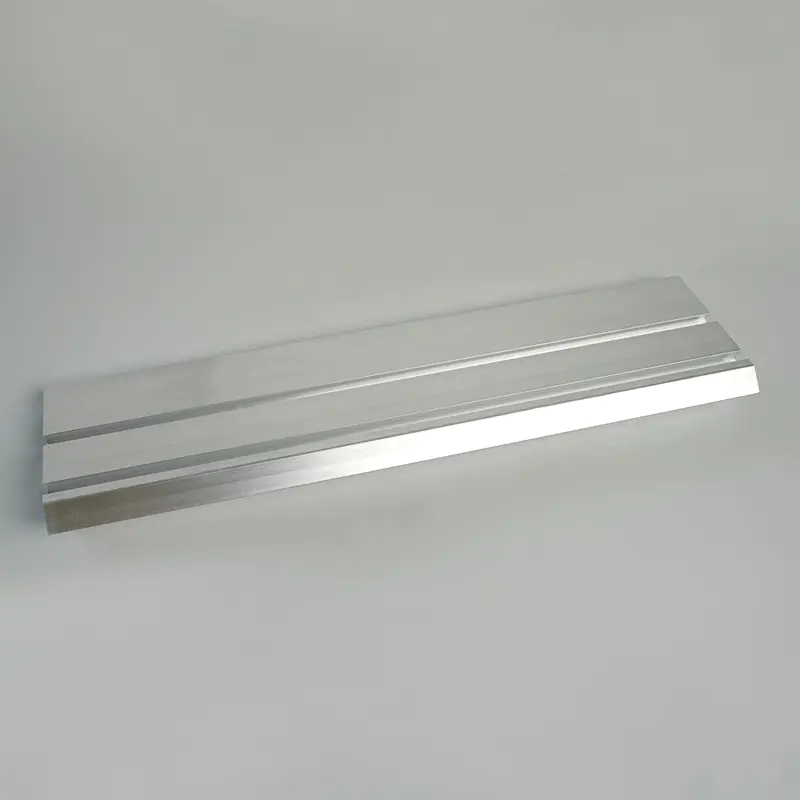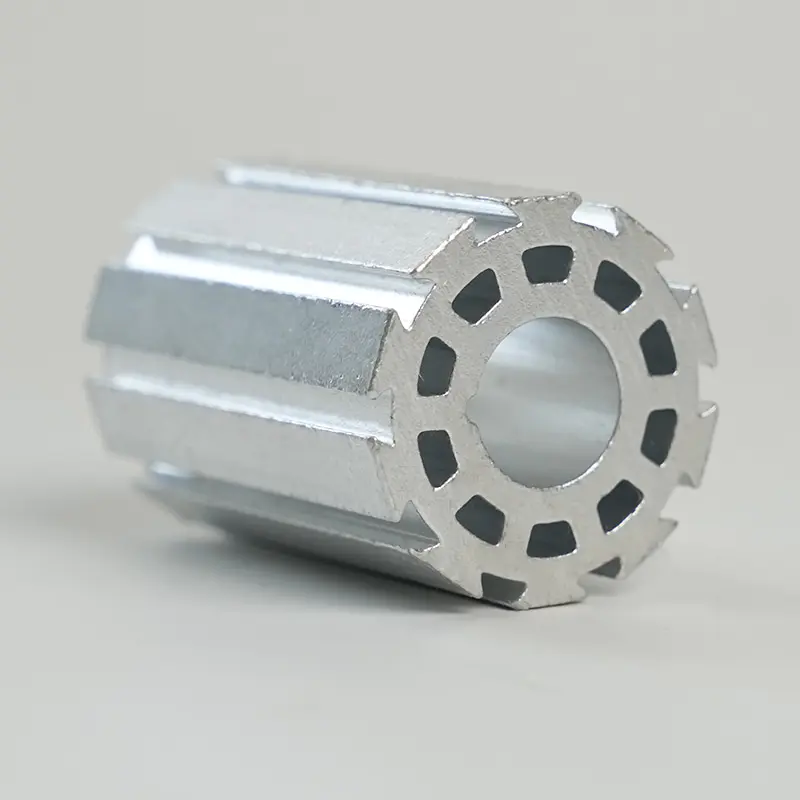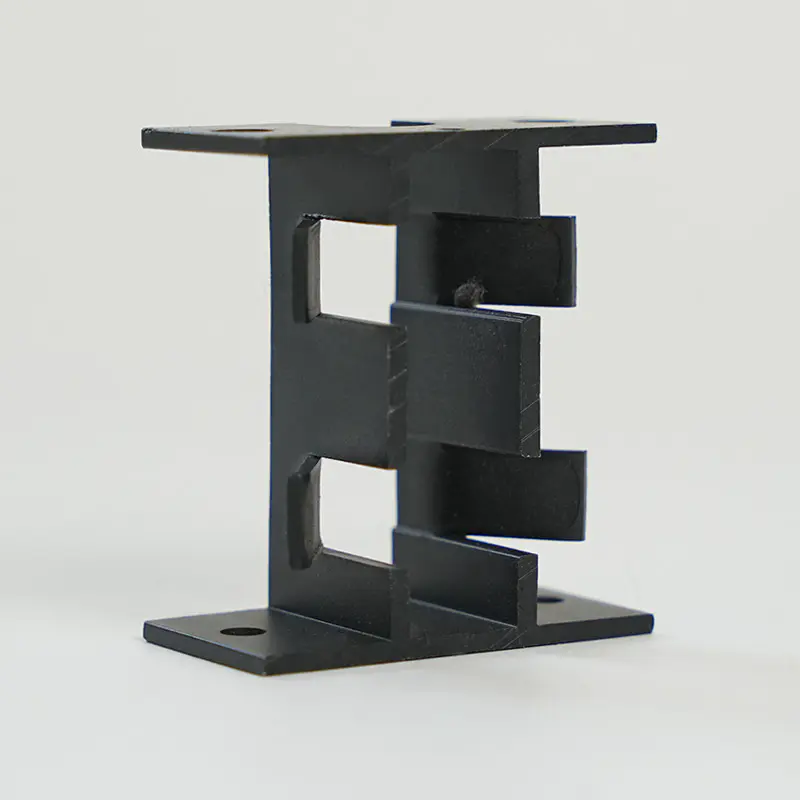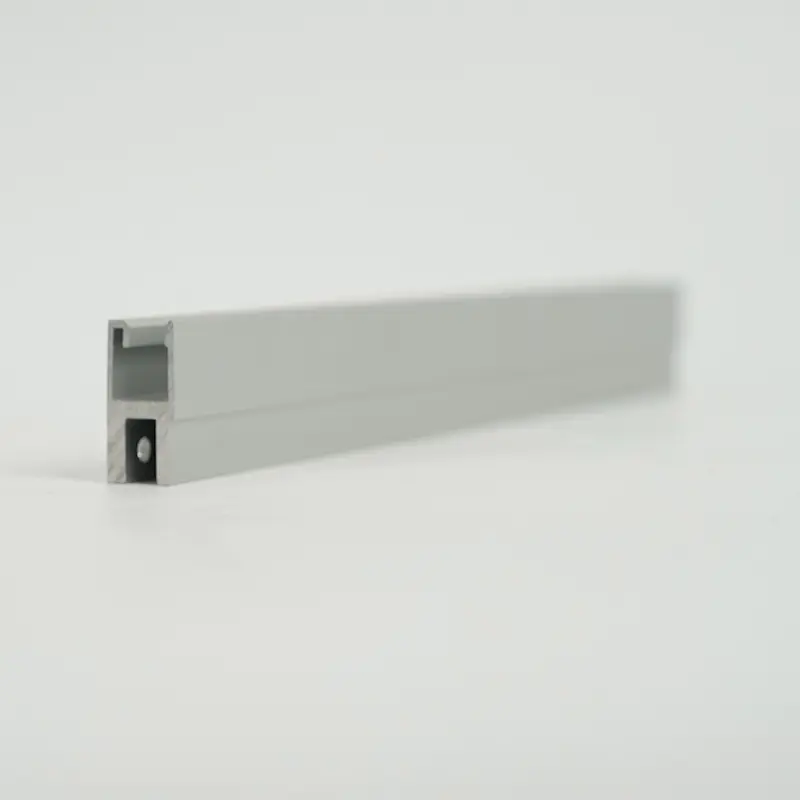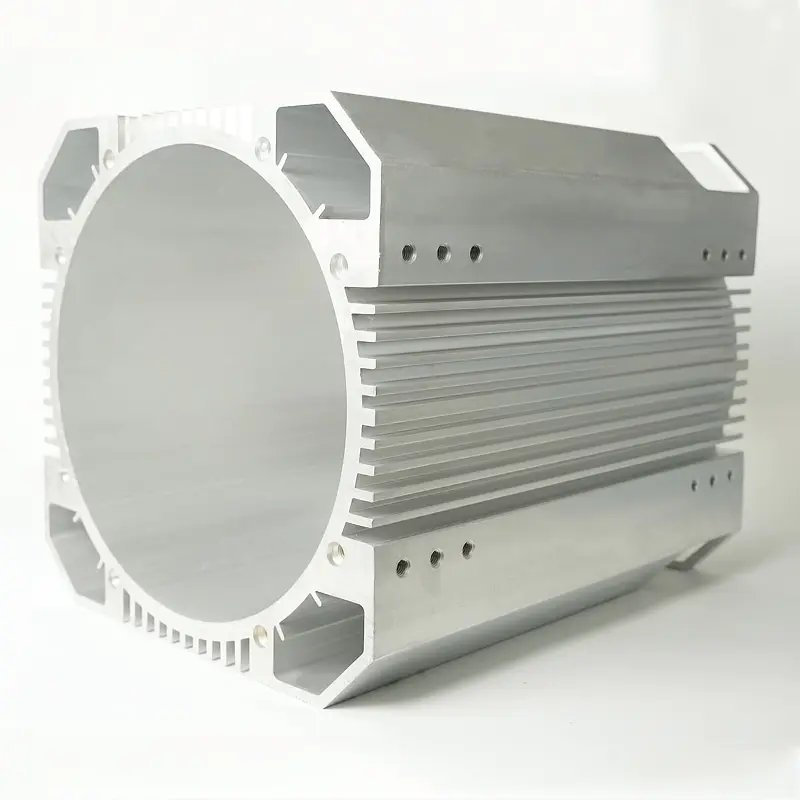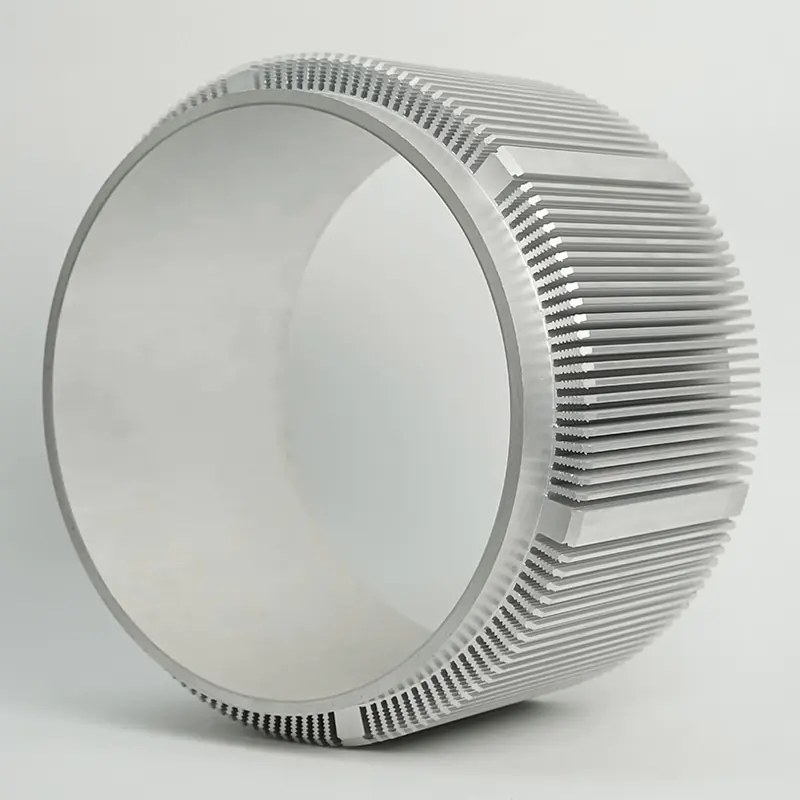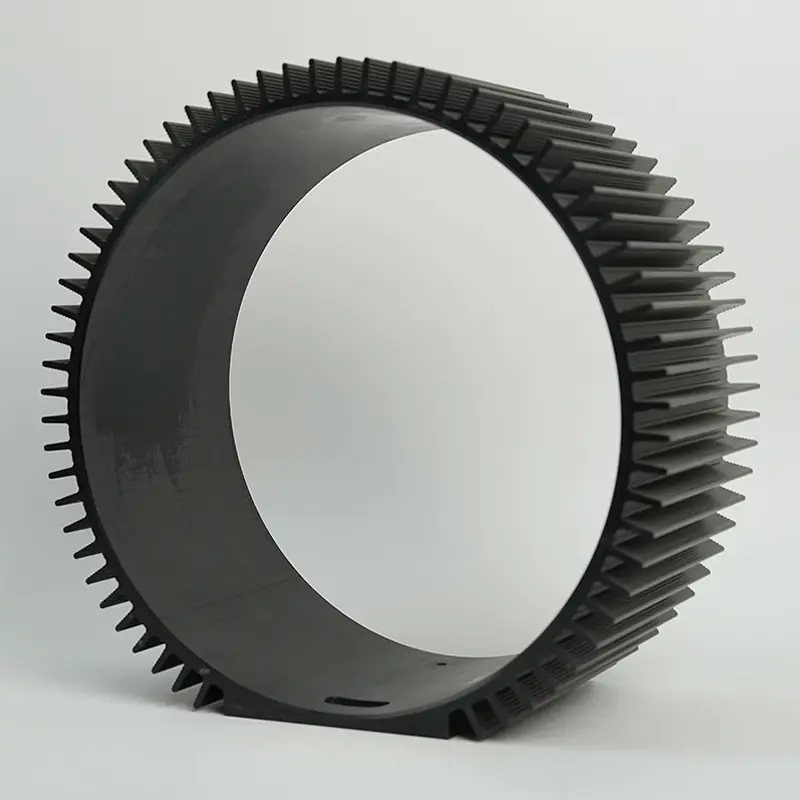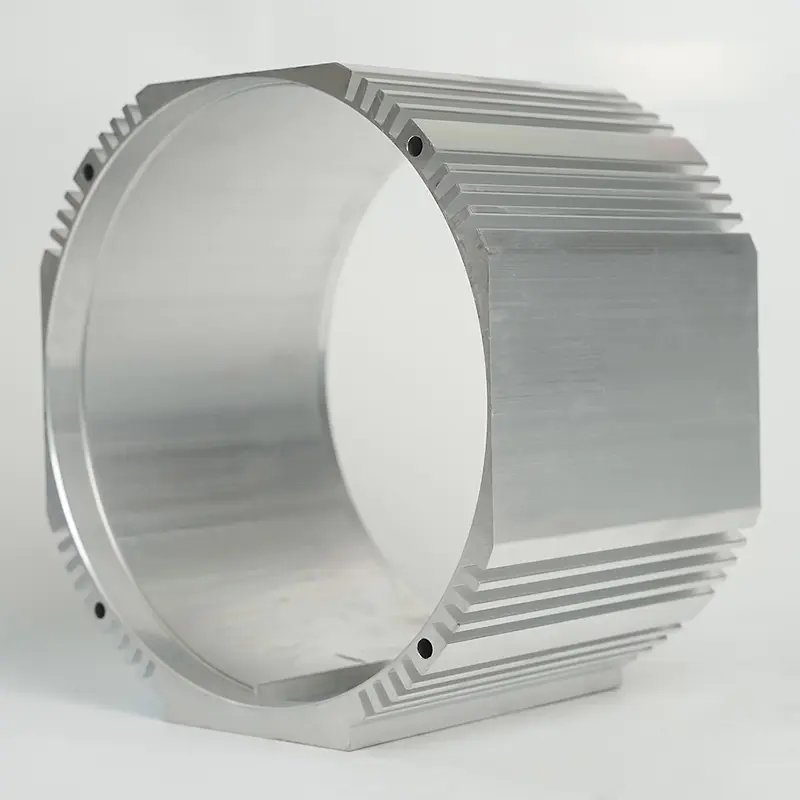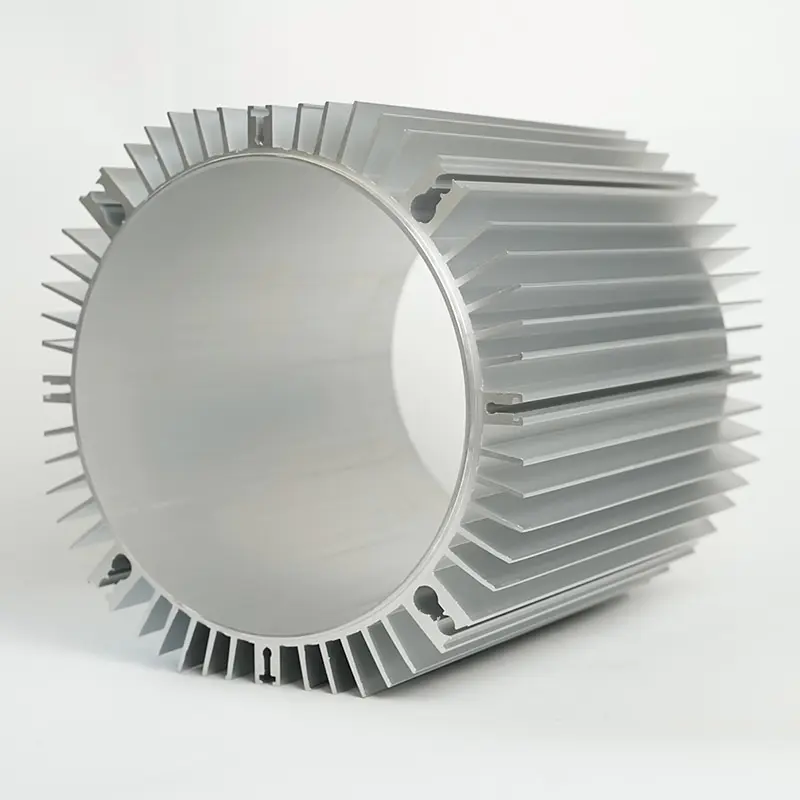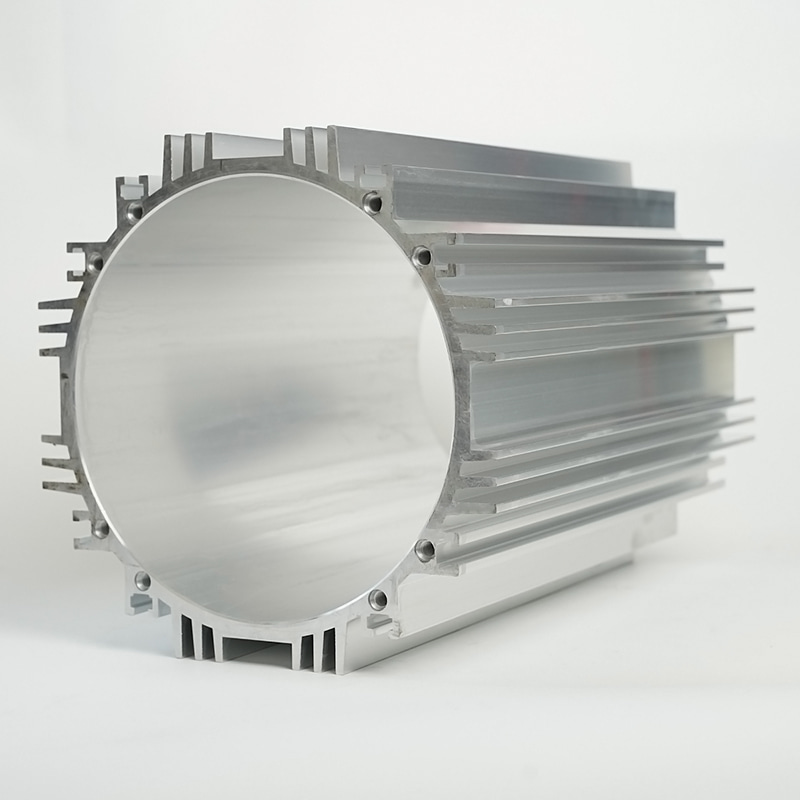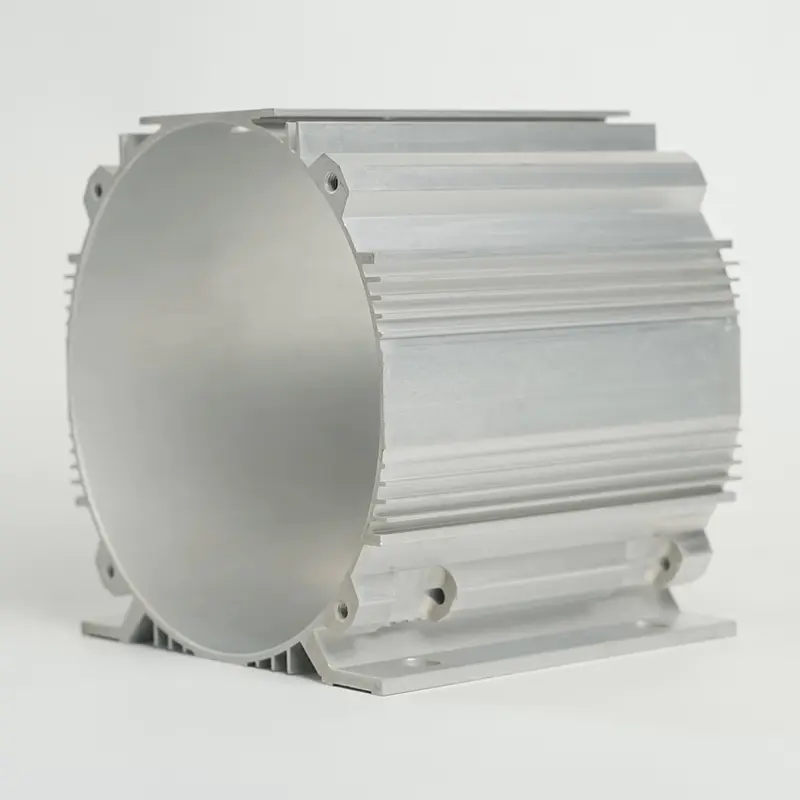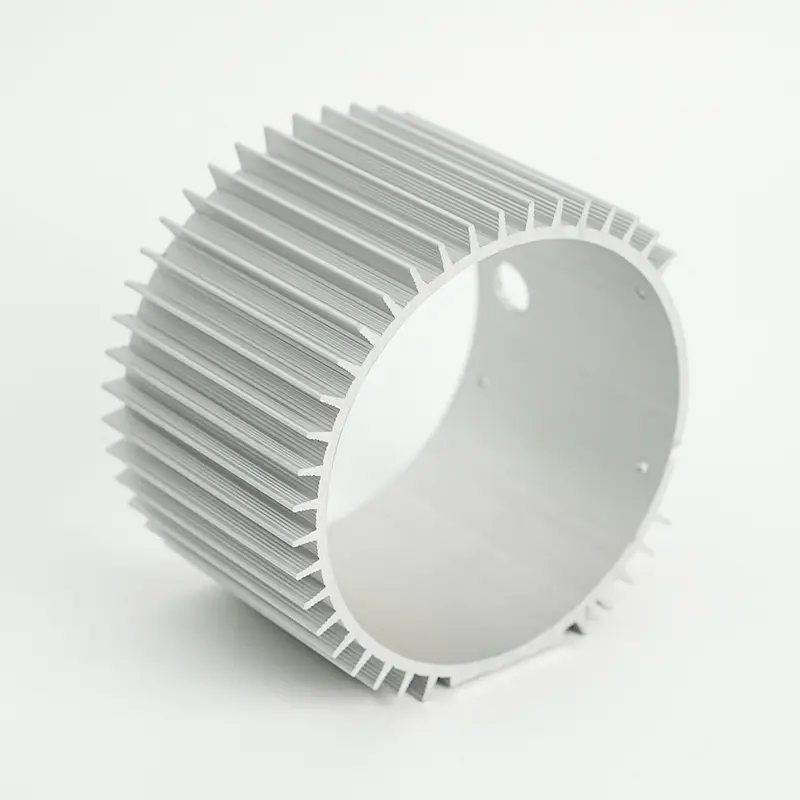The Inner Diameter 120 Aluminum Air Conditioner Motor Housing is a critical component that enhances the functionality and reliability of air conditioning systems. Here’s an expanded overview based on its benefits:
Durability:
The use of aluminum in the construction of the motor housing provides exceptional durability and resilience against environmental factors. Aluminum is inherently resistant to corrosion, which is crucial in environments where air conditioners are exposed to moisture, varying temperatures, and outdoor elements. This durability ensures that the motor housing maintains its structural integrity over an extended lifespan, contributing to the overall longevity of the air conditioning unit.
Efficiency:
One of the standout features of the aluminum motor housing is its effective heat dissipation capabilities. Aluminum is known for its high thermal conductivity, meaning it efficiently transfers heat away from the enclosed motor. By dissipating heat effectively, the housing helps maintain optimal operating temperatures for the motor. This not only prevents overheating but also enhances the motor’s efficiency and performance. A cooler-running motor consumes less energy, contributing to reduced energy consumption and operational costs of the air conditioning system.
Compatibility:
The standardized inner diameter sizing of the motor housing ensures compatibility with a wide range of motor sizes commonly used in air conditioning units. This standardized sizing facilitates ease of installation, replacement, and maintenance processes for technicians and service personnel. Whether it’s for residential, commercial, or industrial air conditioning applications, the motor housing’s compatibility ensures seamless integration into various system designs and configurations. This standardization also simplifies inventory management for manufacturers and suppliers, streamlining production and distribution processes.
Conclusion:
In summary, the Inner Diameter 120 Aluminum Air Conditioner Motor Housing represents a significant advancement in air conditioning technology. Its combination of durability, efficient heat dissipation, and compatibility make it an indispensable component for ensuring the reliability, longevity, and energy efficiency of air conditioning systems. By protecting and supporting the motor, this housing plays a crucial role in maintaining optimal performance and minimizing maintenance requirements, ultimately enhancing the overall satisfaction of users and operators alike.


 English
English Español
Español
